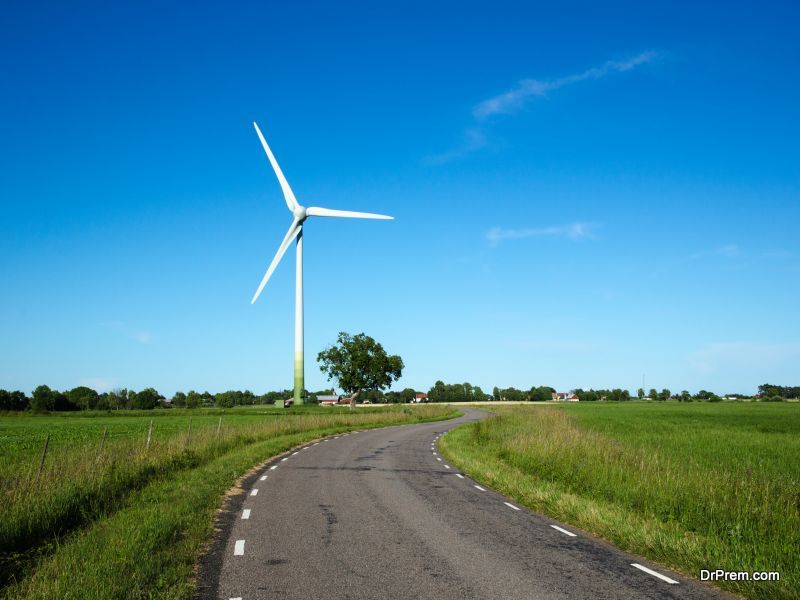The Swedish people have made sustainability a part of their lives. Sweden’s leaders have drafted the necessary policies to support sustainability and educated the citizens about the benefits of having a sustainable culture. People too have participated in the green movement with sincerity, which has let Sweden become the foremost country in the world, which now has inculcated a sustainable culture into every aspect of their lives – from renewable energy, waste to energy plants, even reusing clothes as “vintage fashion”. Let’s take a closer look at Sweden’s steady march to sustainability:
Renewable energy
Sweden utilizes 52% renewable energy to meet its needs, which has given it the distinction of being the country which spends the least money on the production of energy. It initiated a carbon tax back in 1995. Companies which burn fossil fuels have to pay this carbon tax. This move by the government led to the reduction of fossil fuel use, as people started to use more renewable energy. Thus CO2 emissions were lowered by a great extent.
District heating
The most important move to sustainability may have been Sweden’s shift to district heating in the 90’s, which reduced greenhouse emissions in the service and housing sector. District heating provides hot water and heat to 80% of Swedish apartments.
Waste to energy (WTE) plants
Sweden produces equal amounts of trash as other European countries but less than 1% fill up landfills. This is because over 2 million tons of trash is burnt annually in WTE plants producing electricity and heating. Almost a million homes avail of this electricity and a quarter million use the heat produced by WTE plants. In fact, Sweden buys trash from other EU countries helping to clean those countries as well, and in the process getting more material to burn in WTE plants.
Recycling
Swedes are really good at recycling – 88% aluminum cans are recycled, and they recycle clothes too. The people are willing and eager to wear second hand clothes leading to the “vintage fashion” movement, with vintage boutiques and departmental stores both selling second hand clothes and accessories.
In Stockholm, buses which run on biogas manufactured from garbage and food waste are the norm. They are frequent and punctual, which has led to more people ditching their cars and using public transport, reducing carbon emissions.
Congestion tax
To discourage heavy traffic, the government has imposed a congestion tax in some cities like Gothenburg and Stockholm.
Eco-friendly datacenter
A new eco-friendly data centre has been set up in Falun, which is going to be powered by renewable energy sources such as solar, wind and hydro. The cooling procedure in the facility will be cooled by green roofs. Considering the amount of heat released into the atmosphere by traditional datacenters, this green datacenter is welcome news.
How some cities have contributed to sustainability
Gothenburg
This city has the largest district heating network providing 90% energy to its apartments and detached houses.
Växjö
The city of Växjö has been constructing eco-friendly building, promotes cycling and urban gardening and uses district cooling and heating, giving it the title of Europe’s Greenest City.
In 2014, it had only 2.4 tons per capita CO2 emissions. The city uses forest waste like sawdust, bark and branches to generate power and heat.
Västra Hamnen
This harbor is known as Europe’s 1st carbon-neutral area as it runs solely on renewable energy.
Its waste management system uses vacuum suction to transport waste to a central underground tank which is then converted into biogas for public transport.
Augustenborg
It has won the World Habitat Award for 10,000 green roofs which slows down flooding as they absorb rainwater. It has installed photovoltaic panels on private and public buildings and reuses 70% of waste collected.
Hyllie
This district is considered to be climate-smartest, and is developing an integrated renewable energy system with a smart monitoring system allowing residents to measure and track their greenhouse gas emissions.
The sustainability movement has been successful in Sweden because both the people and government are passionate about making eco-friendly choices, and have worked together to make the country an example for others wishing to imitate a similar green culture.





